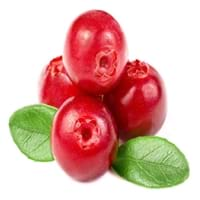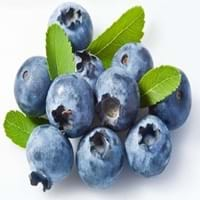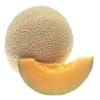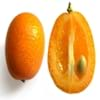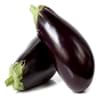Health Benefits
Cancer prevention, Heart care, Kidney stone treatment, Scurvy treatment, Ulcer prevention
Cancer prevention, Cures gastro-intestinal troubles, Improves night vision, Improves stomach health, Prevents diabetes, Prevents high blood pressure, Reduces blood circulation problems
General Benefits
Anti-inflammatory properties, Boosts immune system, Digestive aid, Fights against infections, Strengthens bones
Fights against infections, Helps in weight loss, Prevents blood clotting in vessels, Treatment of urinary tract infections
Skin Benefits
Anti-aging benefits, Reduces wrinkles, Skin rejuvenation, Treatment of acne
Anti-aging benefits, Nourishes skin, Protects against skin damage
Hair Benefits
Promotes longer and healthier hair, Protects hair, Treatment of dandruff
Prevents hair loss
Allergy Symptoms
Anaphylaxis, Breathing difficulty, Itching, Skin rash, Swelling of mouth, tongue or lips
Not Available
Side Effects
Allergic reaction, Diarrhoea, Nausea, Stomach pain, Vomiting
Decrease in blood sugar levels, Diarrhoea, Dizziness, Headache, Internal bleeding, Stomach pain
Best Time to Eat
Any time except an hour after meal, Don't consume at night and before bed
As a snack in the late afternoon, Don't consume at night and before bed, Eat the fresh ones, avoid mixing with any other foods, don't eat after meal., Morning time (before lunch)
Vitamin B5 (Pantothenic Acid)
Vitamin C (Ascorbic Acid)
Vitamin K (Phyllochinone)
Calories in Fresh Fruit with Peel
Calories in Fresh Fruit without Peel
Not Available
Not Available
Calories in Frozen Form
Not Available
Calories in Dried Form
Not Available
Calories in Canned Form
Not Available
Varieties
Early Black, Howes, Ben Lear and Stevens
Dwarf bilberry, Piper, bog blueberry, Northern bilberry, Mountain bilberry and Oval-leaved bilberry
Inside Color
White
Light Green
Origin
North America
Unknown
Soil Type
Clay, Sandy, Well-drained
Moist, Well-aerated
Climatic Conditions
Warm
Cold
Facts about
- Europeans thought the cranberry blossom looked like the head of a sandhill crane, hence the name Cranberry.
- They are also known as bounce berries as they bounce when they ripe.
- Cranberries do not grow in water.
- Bilberries are used in manufacturing of alcoholic drinks.
- They are used to improve aromas of sorbets.
- The green extract of it's leaves is used in textile industry as natural dye.
Top Producer
United States of America
Japan
Other Countries
Azerbaijan, Belarus, Bulgaria, Canada, Latvia, Macedonia, NA, Romania, Tunisia, Ukraine
Denmark, Finland, Iceland, Sweden
Top Importer
Europe
United States of America
Top Exporter
United States of America
Chile
Botanical Name
Vaccinium Macrocarpon
Vaccinium myrtillus
Synonym
Oxycoccus macrocarpus
blaeberry, whinberry, European blueberry, whortleberry
Subkingdom
Tracheobionta
Tracheobionta
Division
Magnoliophyta
Magnoliophyta
Class
Magnoliopsida
Magnoliopsida
Subclass
Dillenhidae
Dillenhidae
Family
Ericaceae
Ericaceae
Genus
Vaccinium
Vaccinium
Species
Vaccinium macrocarpon
Vaccinium myrtillus
Generic Group
Heath
Heath
Difference Between Cranberry and Bilberry
We might think that Cranberry and Bilberry are similar with respect to nutritional value and health benefits. But the nutrient content of both fruits is different. Cranberry and Bilberry Facts such as their taste, shape, color, and size are also distinct. The difference between Cranberry and Bilberry is explained here.
The amount of calories in 100 gm of fresh Cranberry and Bilberry with peel is 46.00 kcal and 44.00 kcal and the amount of calories without peel is Not Available and Not Available respectively. Thus, Cranberry and Bilberry belong to Low Calorie Fruits and Low Calorie Fruits category.These fruits might or might not differ with respect to their scientific classification. The order of Cranberry and Bilberry is Ericales and Ericales respectively. Cranberry belongs to Ericaceae family and Bilberry belongs to Ericaceae family. Cranberry belongs to Vaccinium genus of Vaccinium macrocarpon species and Bilberry belongs to Vaccinium genus of Vaccinium myrtillus species. Beings plants, both fruits belong to Plantae Kingdom.
